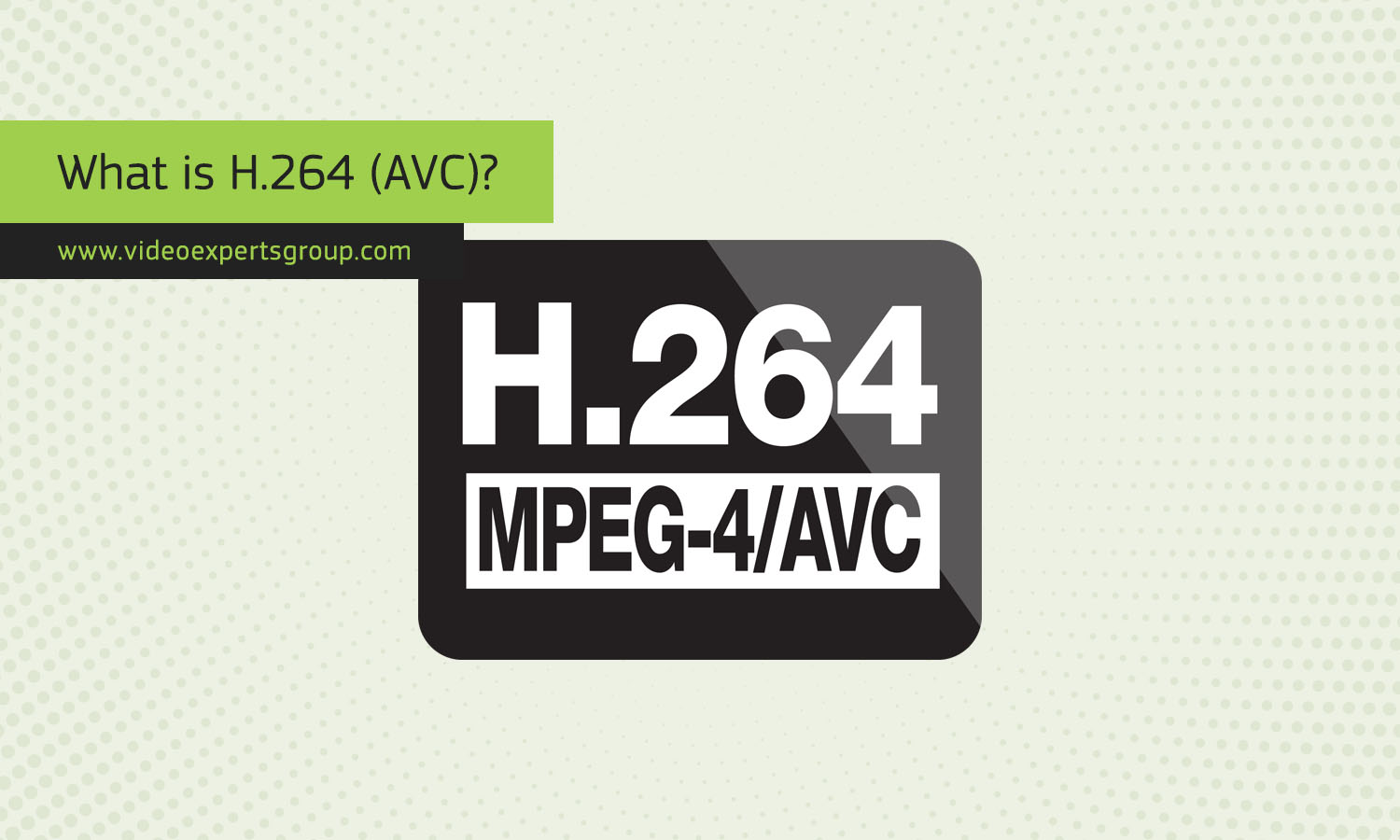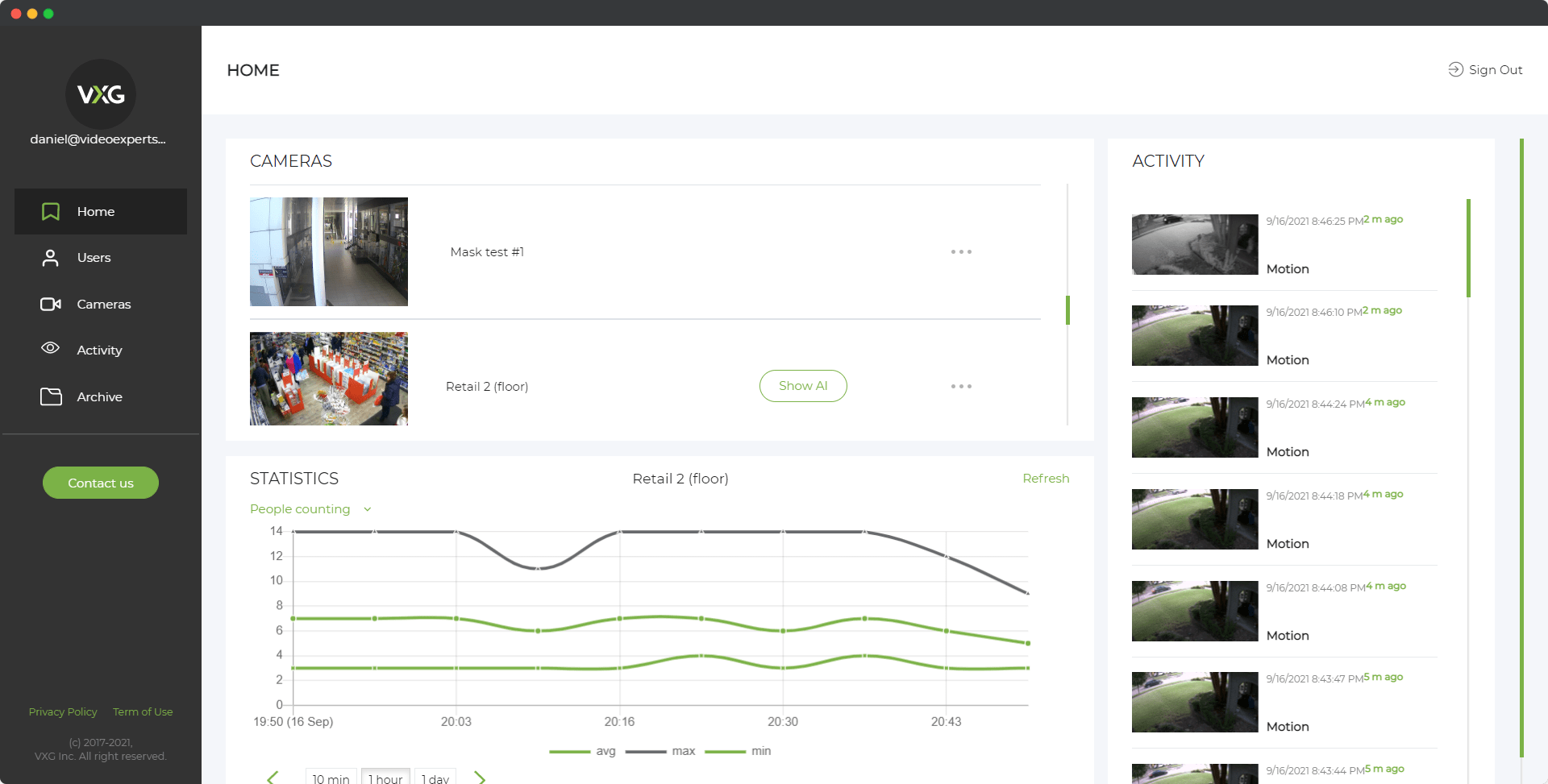H.264, also known as AVC (Advanced Video Coding), is a widely-used video compression standard that plays a crucial role in the world of digital video. This codec, developed by the ITU-T Video Coding Experts Group (VCEG) and the ISO/IEC Moving Picture Experts Group (MPEG), has become a cornerstone for video compression and is utilized in various applications.
Meaning
H.264 (AVC) is a video compression standard designed to efficiently encode and compress video files. Its primary goal is to reduce the size of video data while maintaining high visual quality. This compression technique is essential for storing, transmitting, and streaming video content over the internet.
Usage and Applications
H.264 is widely used in a variety of applications, including:
Video Streaming:
One of the major applications of H.264 is in video streaming services. Popular platforms like YouTube, Netflix, and many others utilize this codec to deliver high-quality video content to users over the internet.
Broadcasting:
Television broadcasters commonly use H.264 for transmitting digital television signals. It allows for efficient use of bandwidth, making it possible to broadcast high-definition content without consuming excessive network resources.
Video Conferencing:
Video conferencing applications, such as Zoom and Skype, leverage H.264 to compress and transmit video data during online meetings. This ensures smoother communication experiences for users.
Video Storage:
H.264 is frequently used for compressing and storing video files on various devices. This helps save storage space without compromising the quality of the video.
Streaming Protocols
H.264 can be used with several streaming protocols to transmit video content effectively. Some commonly used streaming protocols include:
HTTP Live Streaming (HLS):
HLS is a widely adopted streaming protocol that supports H.264. It breaks the video into smaller chunks, making it suitable for adaptive streaming and allowing viewers to experience seamless playback, even with varying internet speeds.
Dynamic Adaptive Streaming over HTTP (DASH):
DASH is another streaming protocol that works well with H.264. It dynamically adjusts the quality of the video based on the viewer's internet connection, providing an optimized streaming experience.
Video Containers
H.264 is often encapsulated within various video container formats. Common video containers that support H.264 include:
MP4 (MPEG-4 Part 14):
MP4 is a widely used video container that supports H.264 compression. It is compatible with many devices and platforms, making it a popular choice for storing and sharing video content.
MKV (Matroska):
Matroska is a versatile container format that can hold video, audio, and subtitle streams. It is capable of encapsulating H.264-encoded video, providing flexibility for multimedia content.
H.264 (AVC) is a crucial video compression standard that has revolutionized the way we consume and transmit digital video content. Its widespread use in streaming services, broadcasting, video conferencing, and storage showcases its effectiveness in balancing video quality and file size. With support from popular streaming protocols like HLS and DASH, as well as compatibility with widely-used video containers like MP4 and MKV, H.264 continues to play a central role in the world of digital video.
Read also:
















